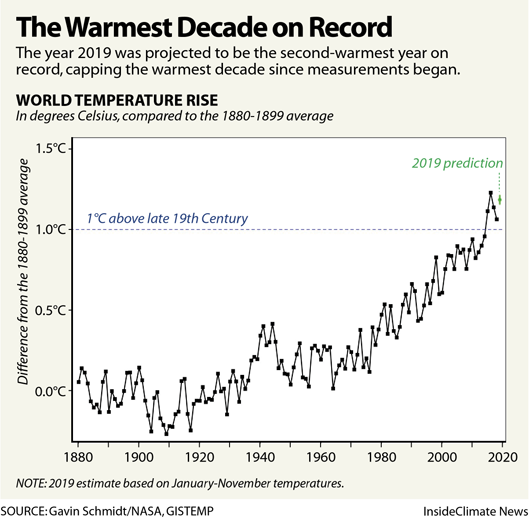Teen girls in U.S. report highest levels of sadness and sexual violence in a decade, CDC Says – “It’s just devastating to think about the young women in our lives that we know”
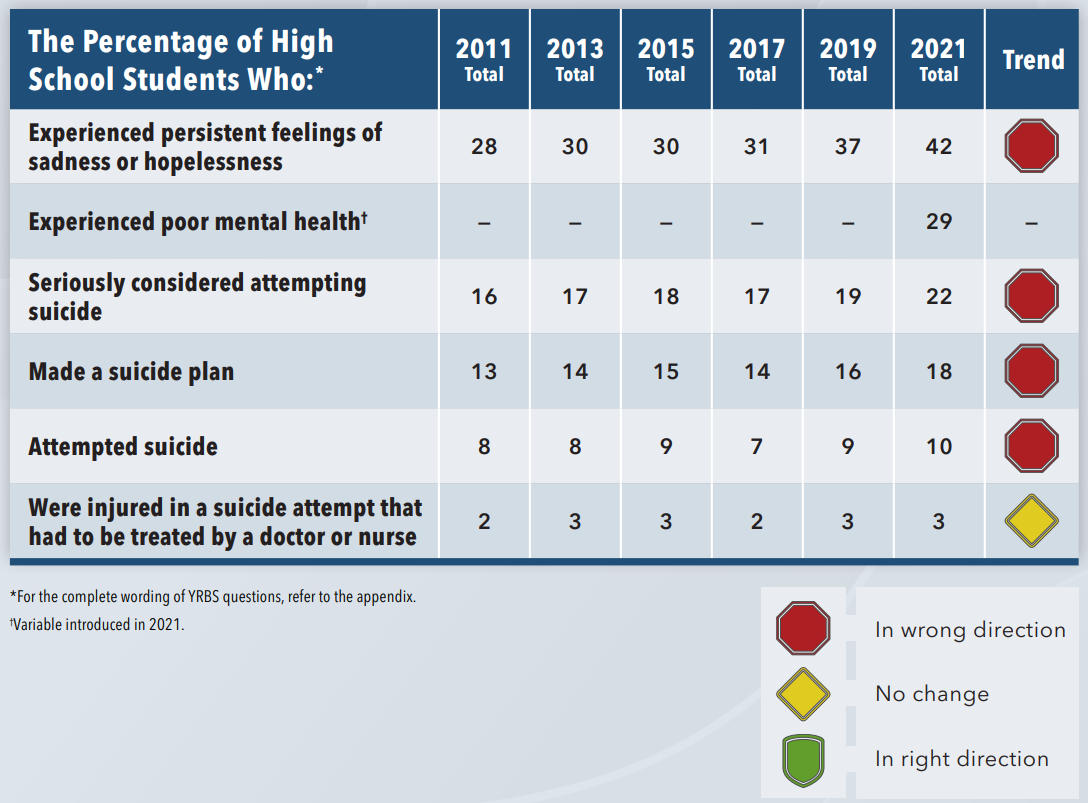
By Madison Muller
13 February 2023
(Bloomberg) – Almost three in five U.S. teen girls reported feeling sad or hopeless in 2021, the highest level seen in a decade and nearly twice the rate among teenage boys.
Rates of reported sexual violence and suicide risk rose among teen girls during the same year, according to the U.S. Centers for Disease Prevention and Control’s latest Youth Risk Behavior Survey. At least one in 10 high school girls said they have at some point been forced to have sex, a 27% rise since a survey two years earlier and the first increase since the CDC began recording the measure in 2001. Nearly a third of girls said they seriously considered attempting suicide, up 60% since 2011.

The rising rates of stress and harm are particularly concerning as some states crack down on women’s access to reproductive services in the wake of the Supreme Court’s reversal of Roe v. Wade, the 1973 decision that established a constitutional right to abortion. The CDC said it is continuing to monitor states to make sure that victims of sexual violence can access needed services, said Kathleen Ethier, the director of CDC’s Division of Adolescent and School Health.
The CDC, which has conducted the youth survey every two years for three decades, was “overwhelmed” by the levels of violence and trauma seen in the latest round, especially among girls and LGBTQ youth, Ethier said.
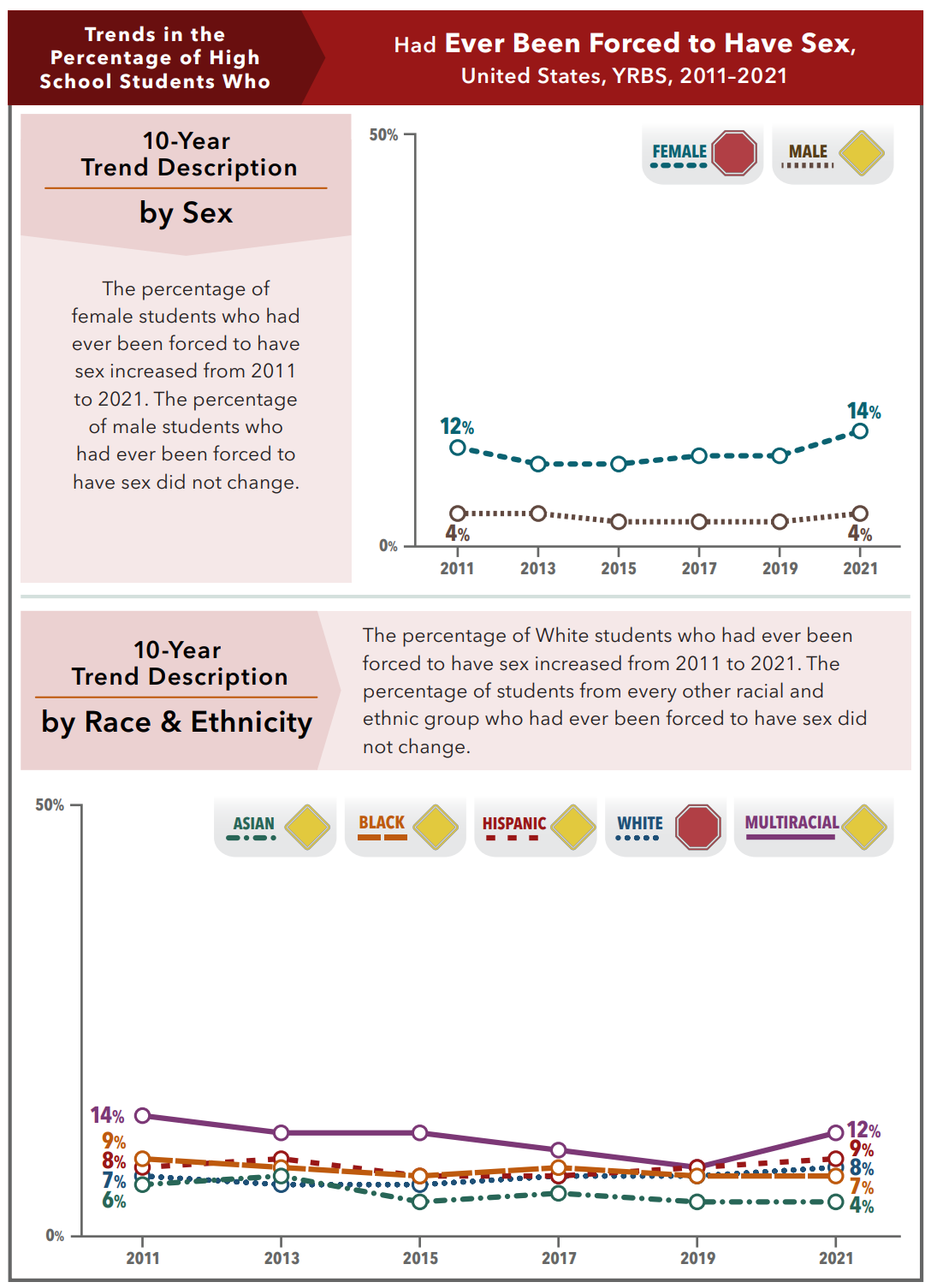
The CDC collected the responses from high school students during the fall of 2021. Although mental health worsened overall for teens during the pandemic, the differences between girls and boys were stark, according to the report.
“I don’t think that’s something that we’ve seen before,” Ethier said. “It’s just devastating to think about the young women in our lives that we know.”

Survey findings
Findings from the survey included:
- 57% of teen girls reported feeling sad or hopeless in 2021
- 30% reported considering suicide
- 18% experienced sexual violence
- 14% reported ever being forced to have sex.
More than one in five LGBTQ teens reported that they had attempted suicide during the past year, the CDC report found. The results add to other recent reports that have shown worsening rates of depression and anxiety among young LGBTQ people in the U.S. at a time when nearly one in five high school students do not identify as heterosexual.
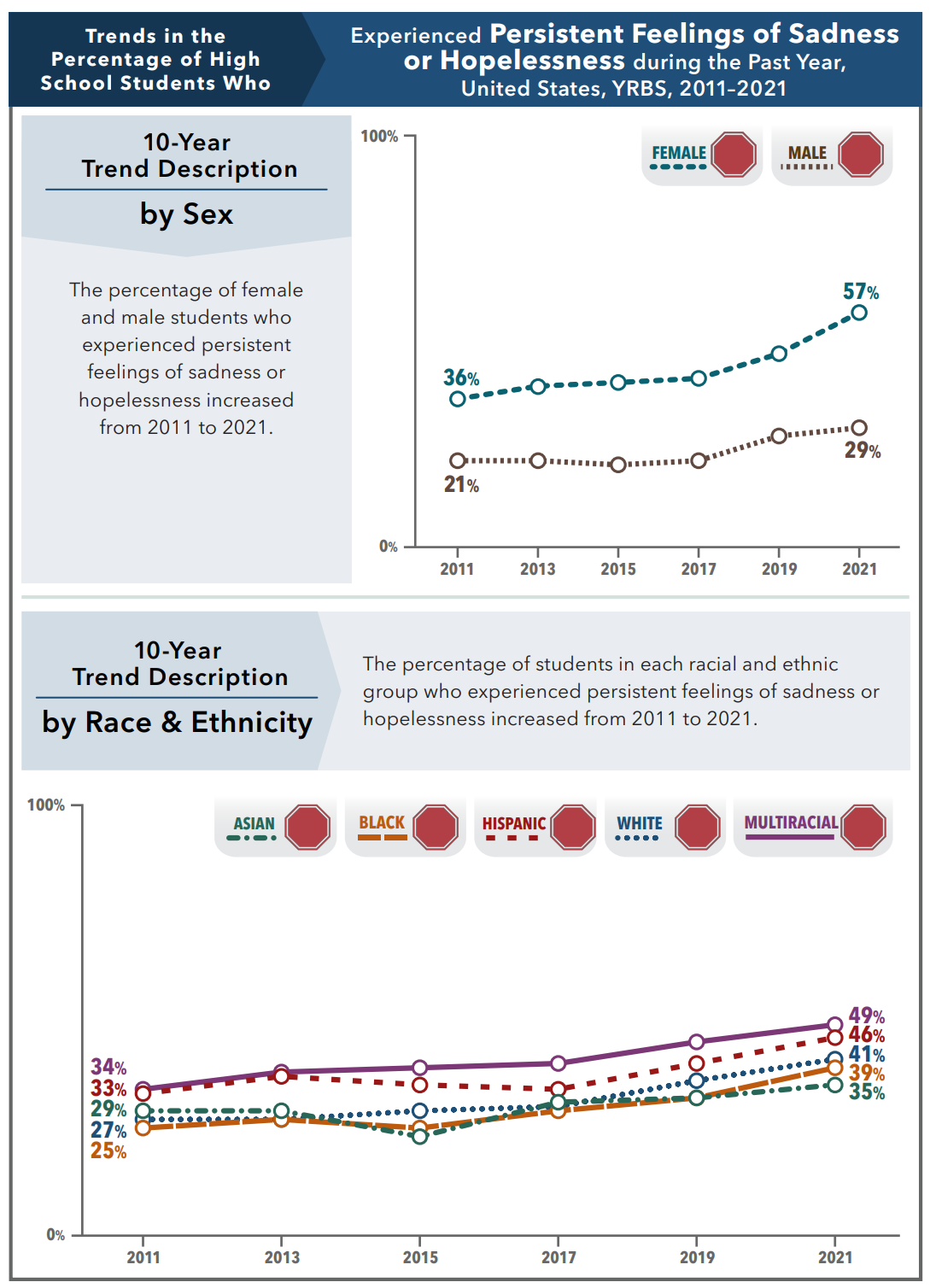
The relative isolation brought on by COVID has had an enormous impact on youth mental health, exacerbating trends seen prior to the pandemic. Overall, more than 40% of high school students reported feeling so sad or hopeless that they could not engage in their regular activities for at least two weeks during the previous year, the CDC survey found.
Younger and younger kids are feeling the effects, too. Last year, the U.S. Preventive Services Task Force, an independent panel of experts that guides U.S. health recommendations, said that all children 8 and older should be screened for anxiety. [more]
Teen Girls Report Highest Levels of Sadness and Sexual Violence in a Decade, CDC Says
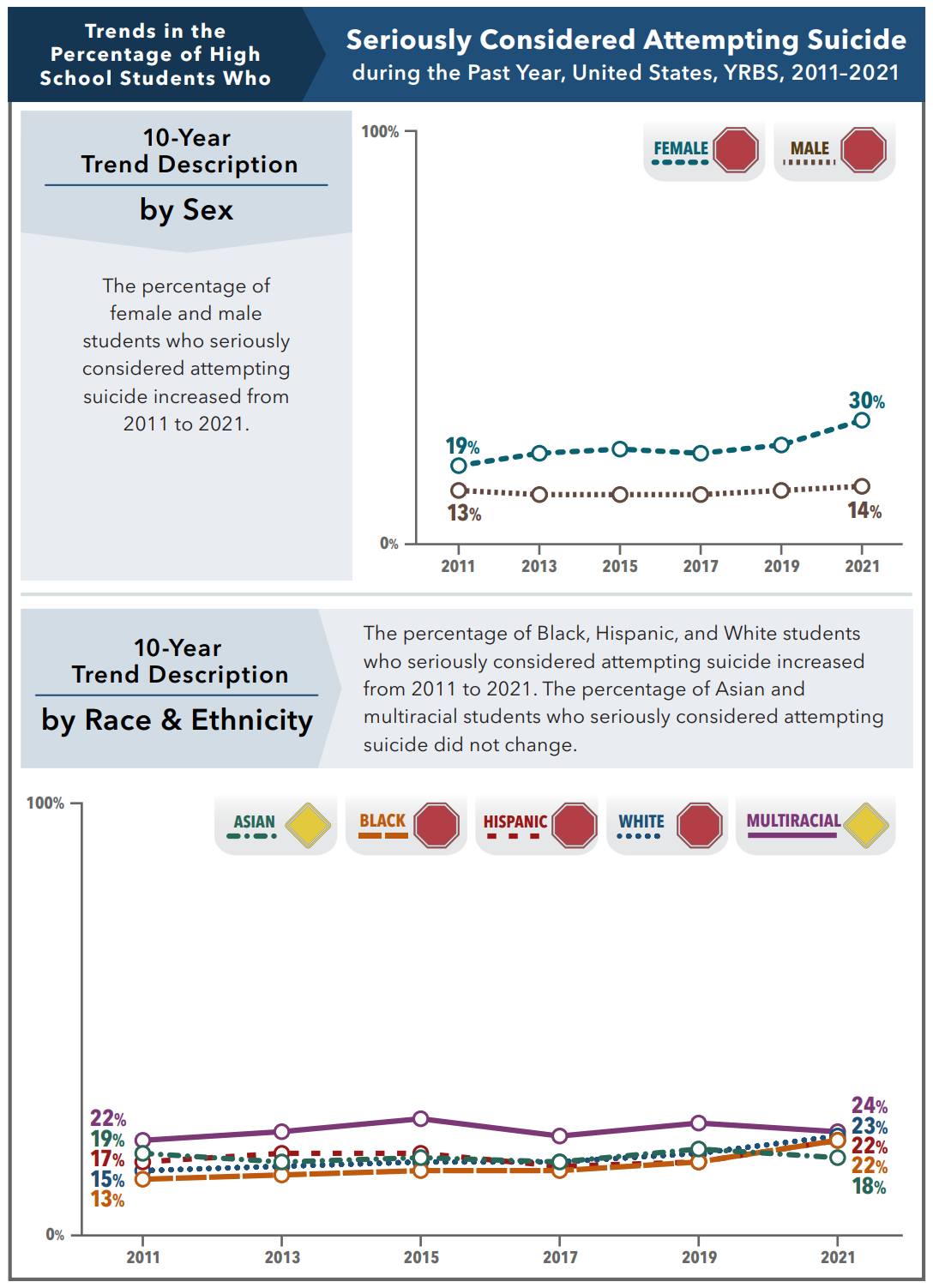
13 February 2023 (CDC) – CDC’s Youth Risk Behavior Survey Data Summary & Trends Report: 2011-2021 [PDF – 10 MB] is now available. This report provides surveillance data from 2021, as well as 10-year trends from 2011 through 2021, on behaviors and experiences among high school students in the United States related to health and well-being.
What is included in the YRBS Data Summary & Trends Report?
The YRBS Data Summary & Trends Report includes data on behaviors and experiences for 29 variables across:
- sexual behavior,
- substance use,
- experiences of violence,
- mental health, and
- suicidal thoughts and behaviors.
Why are these data important?
The 2021 data are the first national Youth Risk Behavior Survey (YRBS) data collected since the beginning of the COVID-19 pandemic.
The data show that many of the same behaviors and experiences that were moving in the wrong direction before the pandemic, like poor mental health, continued to worsen, and highlight the challenges young people continue to face.

What are some of the findings of the report?
Overall, young people are experiencing a level of trauma and distress that requires action.
Although the data show a few behaviors and experiences moving in the right direction, the increases in harmful experiences among adolescents are striking.
There are also differences among groups of students.
Female students and LGBQ+1 students are experiencing alarming rates of violence, poor mental health, and suicidal thoughts and behaviors.
The rates of experiencing bullying, sexual violence, poor mental health, and suicidal thoughts and behaviors indicate a need for urgent intervention.
Some differences between students across racial and ethnic groups have lessened, but there are still concerning disparities.
What can be done?
Data show that school environments, which are influenced by how teachers manage classrooms, programs to support positive youth development, and policies and practices that support LGBTQ+ students, can have a strong and lifelong effect on areas where youth are struggling now, including mental health.


